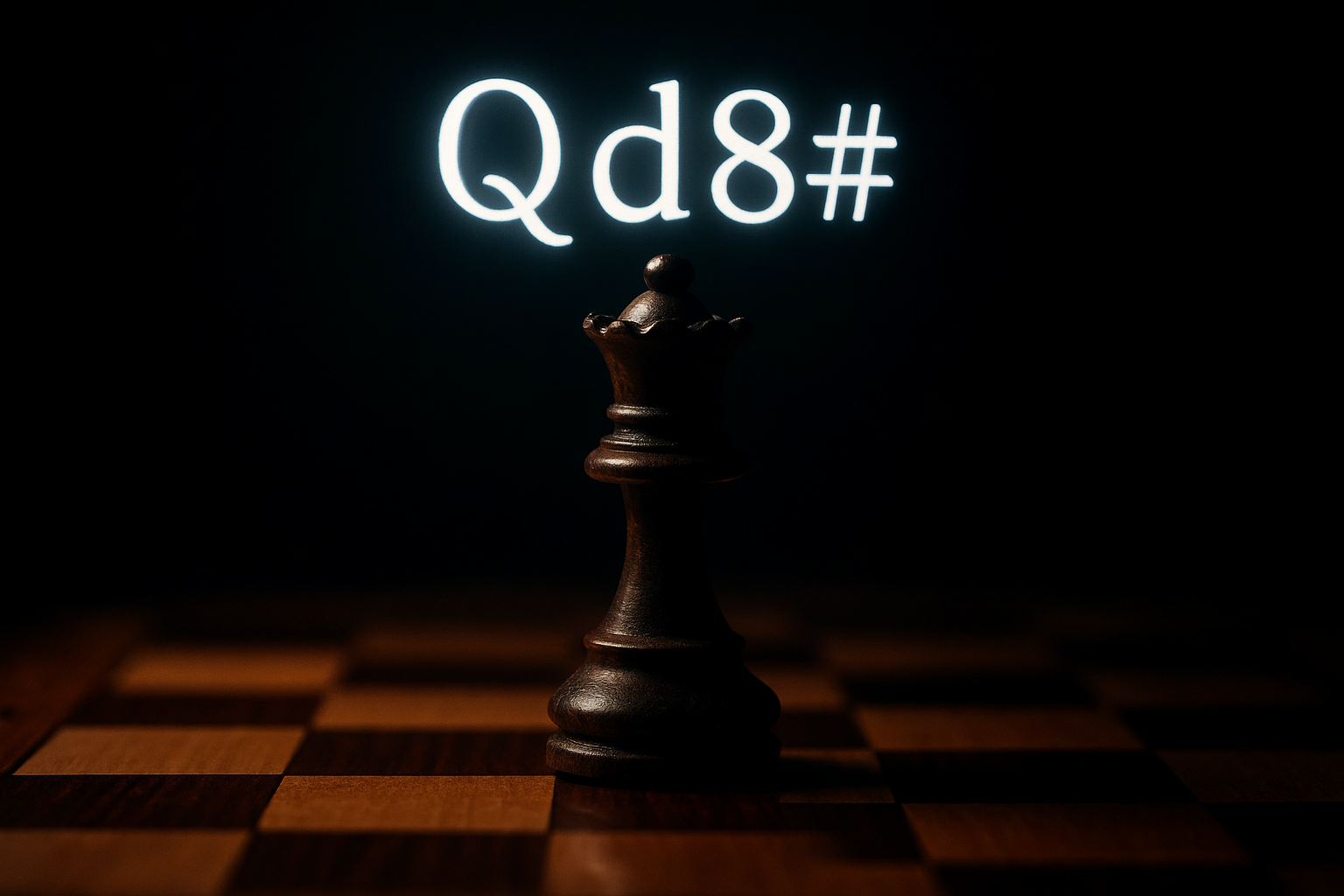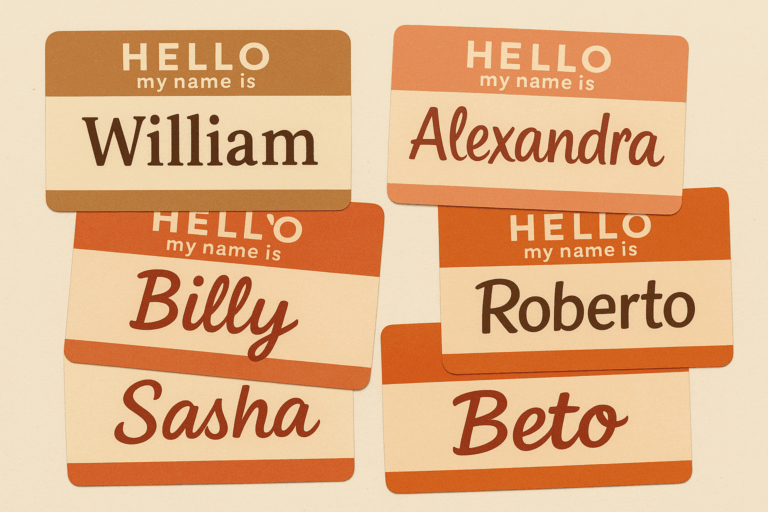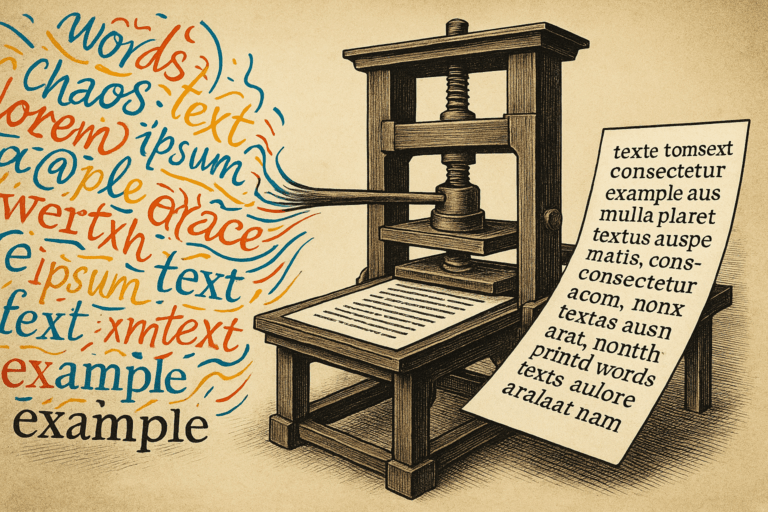In the hushed halls of a chess tournament, two players sit in absolute silence, locked in a battle of pure intellect. Not a word is spoken for hours, yet a rich, complex dialogue unfolds. This dialogue isn’t verbal; it’s written in a silent, universal language understood by millions across the globe. This is the language of chess notation, a system so logical and efficient it represents a masterpiece of purpose-built communication.
While we often focus on the game itself, the system used to record it—Algebraic Notation—is a fascinating linguistic case study. It has its own vocabulary, a rigid syntax, and even distinct dialects. Let’s deconstruct the grammar of the 64 squares and explore how simple symbols can flawlessly narrate the most epic dramas in history.
The Vocabulary: Naming the Actors and the Stage
Every language needs nouns to identify its subjects and objects. In chess notation, the vocabulary is built on two core categories: the pieces (the actors) and the squares (the stage).
The “actors” are represented by a single capital letter, a brilliantly concise system that is standardized across many languages:
- K for King
- Q for Queen
- R for Rook
- B for Bishop
- N for Knight (using ‘N’ to avoid confusion with the King)
But what about the most numerous pieces, the pawns? In a stroke of linguistic elegance, pawns have no letter. They are the “unmarked noun.” Their identity is understood by its absence. When you see a move like e4, you know it’s a pawn move because there is no capital letter preceding the coordinate. This is a powerful linguistic device, conveying information through a deliberate void.
The “stage” is the board itself, a perfect 8×8 grid. Each of the 64 squares has a unique, unchangeable name, from a1 to h8. The files (columns) are lettered ‘a’ through ‘h’, and the ranks (rows) are numbered ‘1’ through ‘8’. This coordinate system provides an absolute frame of reference, making the language unambiguous and universal. The square e4 is always e4, no matter if you are playing as White or Black, or reading the game in Moscow or São Paulo.
The Syntax: Crafting Sentences of Strategy
If pieces and squares are the vocabulary, syntax is the set of rules for combining them into meaningful expressions—the moves. A single line of chess notation is a complete sentence, conveying a subject, an action, and a location with ruthless efficiency.
The basic sentence structure is [Piece] + [Destination Square]. For example:
Nf3
Linguistically, this translates to: “The Knight (subject) moves to (implied verb) the square f3 (object/location).” The verb “moves to” is so fundamental that it doesn’t even need to be written.
But the grammar becomes richer when actions get more complex. The language uses special symbols to function as specific verbs and modifiers:
- The Capture (x): The ‘x’ signifies a capture.
Bxf7reads, “The Bishop captures the piece on square f7.” The ‘x’ is a more aggressive verb, changing the nature of the sentence entirely. - The State of Danger (+ and #): A plus sign (
+) denotes “check,” a direct threat to the opponent’s king. It’s like an urgent adjective: “Bishop to f7, and by the way, the King is now in danger!” The hash symbol (#) signifies “checkmate,” the end of the game.Qd8#is a terminal statement. It’s the final word, the full stop at the end of the story: “The Queen moves to d8, and the game is over.” - Idiomatic Expressions (O-O and O-O-O): Castling is a special move where the King and a Rook move simultaneously. Instead of a clunky description, the language has a unique, elegant term:
O-Ofor kingside castling andO-O-Ofor queenside castling. These are the idioms of chess notation—unbreakable phrases whose meaning is more than the sum of their parts.
The Grammar of Disambiguation
What happens when two identical pieces can move to the same square? For instance, if you have Rooks on both a1 and h1, and one moves to d1. How do you specify which one? The language has a clear grammatical rule for this.
You add an extra piece of information—the file or rank of origin—to clarify. The move would be written as:
Rad1(The Rook from the ‘a’ file moves to d1)
If both Rooks were on the same file (e.g., d1 and d8) and one moved to d4, you’d use the rank:
R1d4(The Rook from the 1st rank moves to d4)
This is a perfect example of a logical rule designed to eliminate all ambiguity, a core requirement for any effective communication system.
Dialects and Evolution: From Poetic to Practical
Like any living language, chess notation has evolved. Before the universal adoption of Algebraic Notation, “Descriptive Notation” was common in the English-speaking world. It was a more conversational, poetic dialect. A move like e4 would be written as “P-K4” (Pawn to King’s 4th square). A move like Nf3 would be “N-KB3” (Knight to King’s Bishop’s 3rd).
The problem with Descriptive Notation was its subjectivity. “King’s Bishop’s 3rd” is a different physical square depending on whether you’re playing White or Black. It was verbose and prone to error. The shift to Algebraic Notation was a shift from a relativistic, player-centric dialect to an absolute, board-centric language. Its mathematical precision made it ideal for computers and international communication, leading to its global dominance.
Even within Algebraic Notation, there are minor dialects. “Long Algebraic Notation” (e.g., Ng1-f3) specifies both the starting and ending square for every move. It’s the formal, hyper-correct version of the language, often used by beginners or in computer protocols. The standard “Short Algebraic Notation” (Nf3) is the everyday vernacular, omitting the starting square unless needed for disambiguation.
A Language That Records Epics
The true power of this language is its ability to serve as a perfect historical record. The entire script of a game, from the quiet opening moves to the explosive middlegame tactics and the tense endgame, can be contained in just a few dozen lines of text.
A game score like the famous “Game of the Century” between Bobby Fischer and Donald Byrne is more than a list of moves; it’s a novel. It has a plot, rising action, a stunning climax (17... Be6!!), and a decisive conclusion. Thanks to Algebraic Notation, this masterpiece of thought is preserved forever, ready to be replayed, analyzed, and admired by anyone who can read its silent language.
Ultimately, chess notation is a testament to the human drive to codify and communicate. It is a non-verbal language built not for emotion or poetry, but for pure logic, clarity, and precision. On the 64 squares, it allows a silent conversation between two minds, and in the pages of history, it ensures that their brilliant stories are never lost to time.









